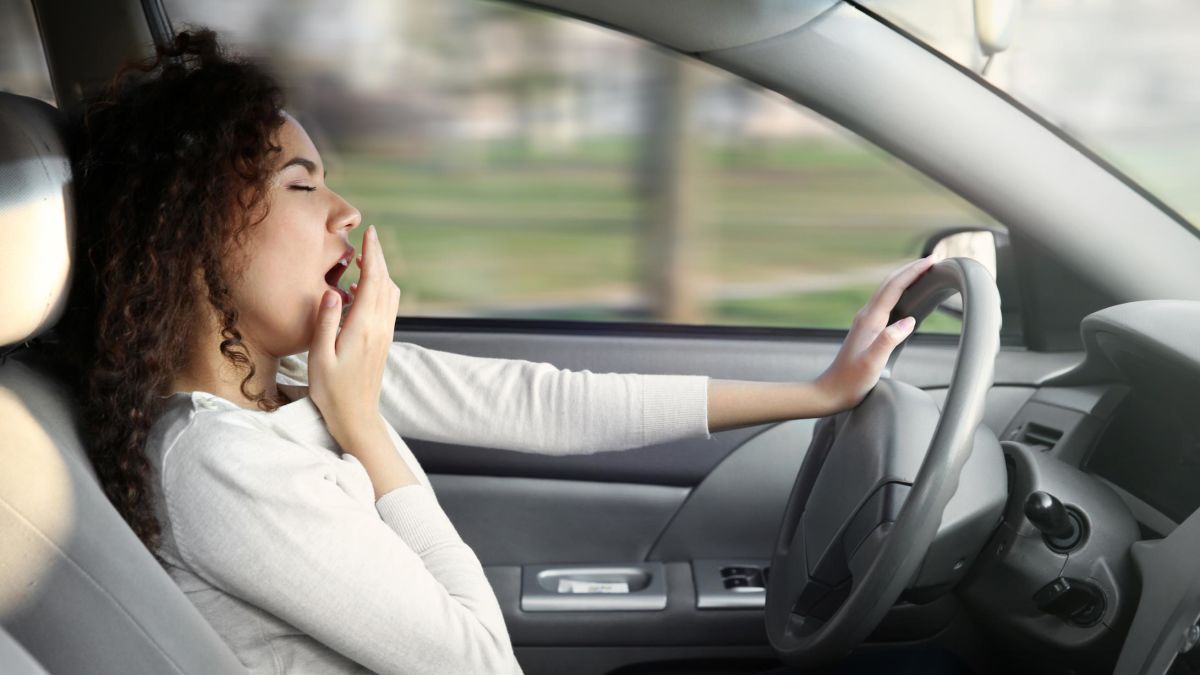
Informative article by David Rasbach of the Bellingham Herald reports on statistics provided by the Bellingham Police Department Traffic Division showing Bellingham’s most dangerous intersection.
Apparently, at least in terms of the sheer number of accidents, West Bakerview Road and Northwest Drive reigns as the most dangerous intersection in the city.
In a distracted driving study conducted by its traffic division from January 2016 through June 2017, Bellingham Police received 1,350 reports of accidents within city limits, regardless of severity or injury. Of those, 43 accidents occurred at the intersection of Bakerview and Northwest — the highest total of any intersection in town.
Rasbach also reports that three of the top four most dangerous intersections during the 18-month study were in that same corridor: West Bakerview Road and Eliza Avenuehad the third highest accident total with 22 wrecks, while West Bakerview Road and Cordata Parkway was fourth highest with 18.
The only intersection breaking up Bakerview’s stranglehold on the top of Bellingham’s dangerous intersections list — Lakeway Drive and Lincoln Street, which had 25 reported accidents — is very similar, with two busy shopping centers and a school occupying three of the four corners. Nearby Lakeway Drive and King Street tied for sixth-most dangerous with Woburn Street and Barkley Boulevard with 14 reported accidents, each.
Also, the lone roundabout at Cordata Parkway and West Kellogg Road had 16 accidents reported.
Please contact my office if you, a family member or friend are criminally charged for traffic-related incidents. Unfortunately, it’s very easy to be charged with DUI, Reckless Driving, Negligent Driving, Driving While License Suspended, Eluding and/or numerous traffic citations. Bellingham’s dangerous intersections only exacerbate the situation and make it more likely that an unlawful pretextual pullover will happen.
Most of all, drive safe!











